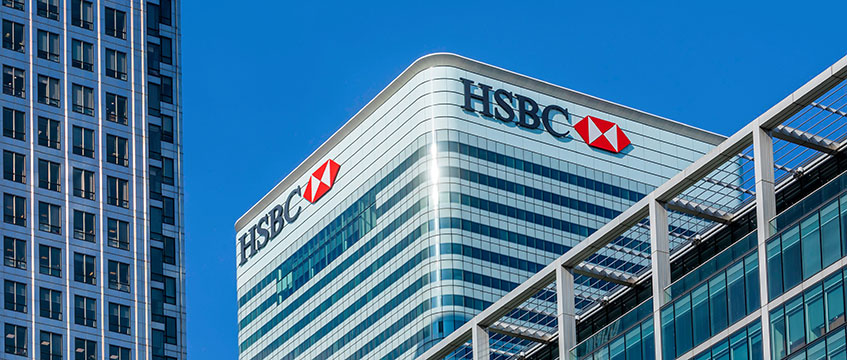The cuts are continuing. As Lloyds Banking Group announced its full-year results for 2021 this morning (24 February), the FTSE 100 group said it now expects a 30% reduction in its office footprint by 2024 as its teams turn to hybrid working.
And Lloyds isn’t alone. A number of big banks have used their results announcements over recent weeks to update investors on new working practices and what those mean for their real estate portfolios.
Lloyds said it will make a “significant reduction” in its office space “in line with hybrid ways of working and transformed workspaces”. A year ago, the company said a fifth of its office space was likely to be cut by 2023. In today’s report, the bank acknowledged that the Covid-19 pandemic had introduced “fundamental changes in how people work”.
“The board understands that both the physical and technological workplace need to change to align to colleague needs now and in the future,” Lloyds said. “It has supported the acceleration of activity under the Future Workplace programme to transform office workspaces and deploy modern workplace technology enablers for new ways of working.”
In its own annual report published earlier this week, HSBC said it cut its global office footprint by more than 3.4m sq ft in 2021, equal to about 18%. That figure is slightly less than the bank set out last April, when it said it was targeting a 3.6m sq ft reduction.
“After listening to our people, we introduced a hybrid working model, wherever appropriate, which allows us to strike the right balance between office-based work and home-based work,” HSBC said in its annual report.
“We have also taken the opportunity during Covid-19 to reconfigure much of our head office workspace to better facilitate team-based agile working methods. We are still learning about what works, but we believe that trusting our colleagues to find the right balance is integral to building the culture we aspire to at HSBC. As a consequence of hybrid working, we will need less office space.”
At Barclays, which has also been offloading space, chairman Nigel Higgins said in this week’s annual report that the bank had been taking a cautious approach to new working practices and encouraging staff to return to the office.
“Barclays has tried to be as flexible as possible, recognising that there are colleagues nervous of a return to crowded transportation just as much as there are those who feel better by being in the office,” Higgins wrote.
“We hope to settle into a clearer working pattern in 2022 and fully expect that to encompass a greater degree of choice and flexibility than in the past, a welcome development.”
This week’s updates follow confirmation from Standard Chartered Bank that three-quarters of employees in some of its key markets are now using the group’s new hybrid working model.
The bank said it had introduced a hybrid working approach “combining virtual and office-based working with greater flexibility in working patterns and locations” in 28 of its global markets, with 73% of employees in those markets now using it.
“This is a significant step towards being more inclusive of the diverse needs of our workforce and supporting their wellbeing by consciously balancing individual choice and flexibility with business and client needs,” the bank said.
However, it added that the events of the Covid-19 pandemic had underlined the drawbacks of a lack of personal interaction for some members of its teams.
“While we continue to roll out the model in other markets, enforced absence from offices during the pandemic has also highlighted the benefit of face-to-face interaction, and we continue to value our physical workspaces as hubs of teamwork, collaboration and learning.”
To send feedback, e-mail tim.burke@eg.co.uk or tweet @_tim_burke or @EGPropertyNews











